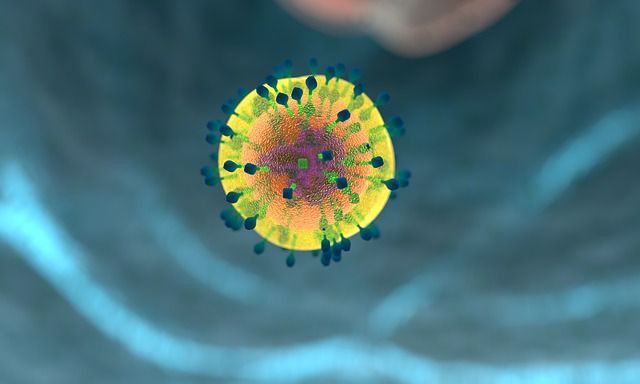A Potential HIV Cure: Removing HIV DNA From Immune Cell Genome Prevents Reinfection

In the past four years we’ve heard stories of babies born with HIV who were reportedly cured, only to have the disease return months later. In an effort to find a cure for HIV/AIDS and bring the epidemic to an end, scientists at Temple University have designed a specialized gene editing system that could pave the way to an eventual cure.
HIV is a growing public health threat with more than 37 million people living with the virus worldwide. The disease has claimed the lives of more than 25 million people since it was first discovered in the 1980s. Although there are now drugs to treat HIV, there is no cure, which is the ultimate goal.
Researchers effectively edited out and eliminated the HIV virus from the DNA of human cells using the CRISPR/Cas9 gene editing technique, they reported in a study published in Scientific Reports. Although this group of scientists have previously removed HIV DNA out of human cells before, the current study shows that the edited cells are not susceptible to reinfection of the disease by other unedited cells, UPI reported.
“We were able to eliminate the HIV virus from impacted cells and have cells become virus free,” Dr. Kamel Khalili, senior investigator of the study, told Medical Daily.
The gene editing method detects HIV DNA in their T-cell genome, the DNA set of a type of white blood cells. Once the HIV DNA is edited out, the loose ends of the genome that were once attached to the HIV DNA are reunited by the cell’s own DNA repair system. Not only is the cell HIV-free, but it’s also protected from a new infection.
Although HIV treatments and therapy are helping people with HIV live longer and better-quality lives — there are 26 FDA-approved HIV medicines — there are no known drugs that can rid the body of the disease.
“Antiretroviral drugs are very good at controlling HIV infection. But patients on antiretroviral therapy who stop taking the drugs suffer a rapid rebound in HIV replication,” said Khalili, director of the Comprehensive NeuroAIDS Center at the Lewis Katz School of Medicine at Temple University. This is detrimental because the increased presence of HIV copies weakens the immune system and can eventually lead to the development of AIDS.
Khalili’s research demonstrates the effectiveness of the specialized gene editing system in eliminating the HIV virus from human cells and “introducing mutations into the viral genome, permanently inactivating its replication.” These findings can also serve as an effective platform toward curing HIV/AIDS.
Khalili told Medical Daily that “based on the technology and the power of the [gene editing] technique], the successful application of gene therapy should lead to the cure of HIV.”
The next step for Khalili and his team is to examine the safety and efficacy of the gene editing system in small animals, and then move to clinical trial.
Source: Khalili K, Kaminski R, Fischer T, et al. Elimination of HIV-1 Genomes from Human T-lymphoid Cells by CRISPR/Cas9 Gene Editing. Scientific Reports. 2016.
Published by Medicaldaily.com



























